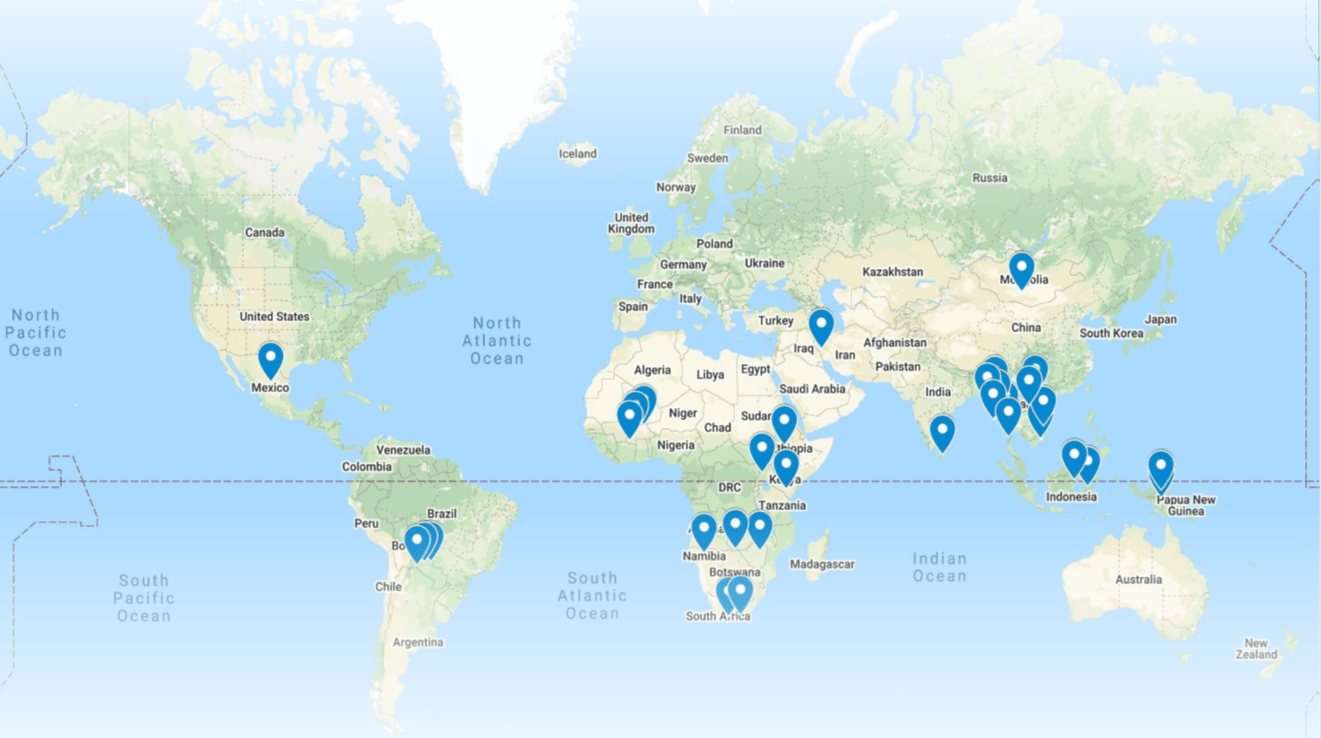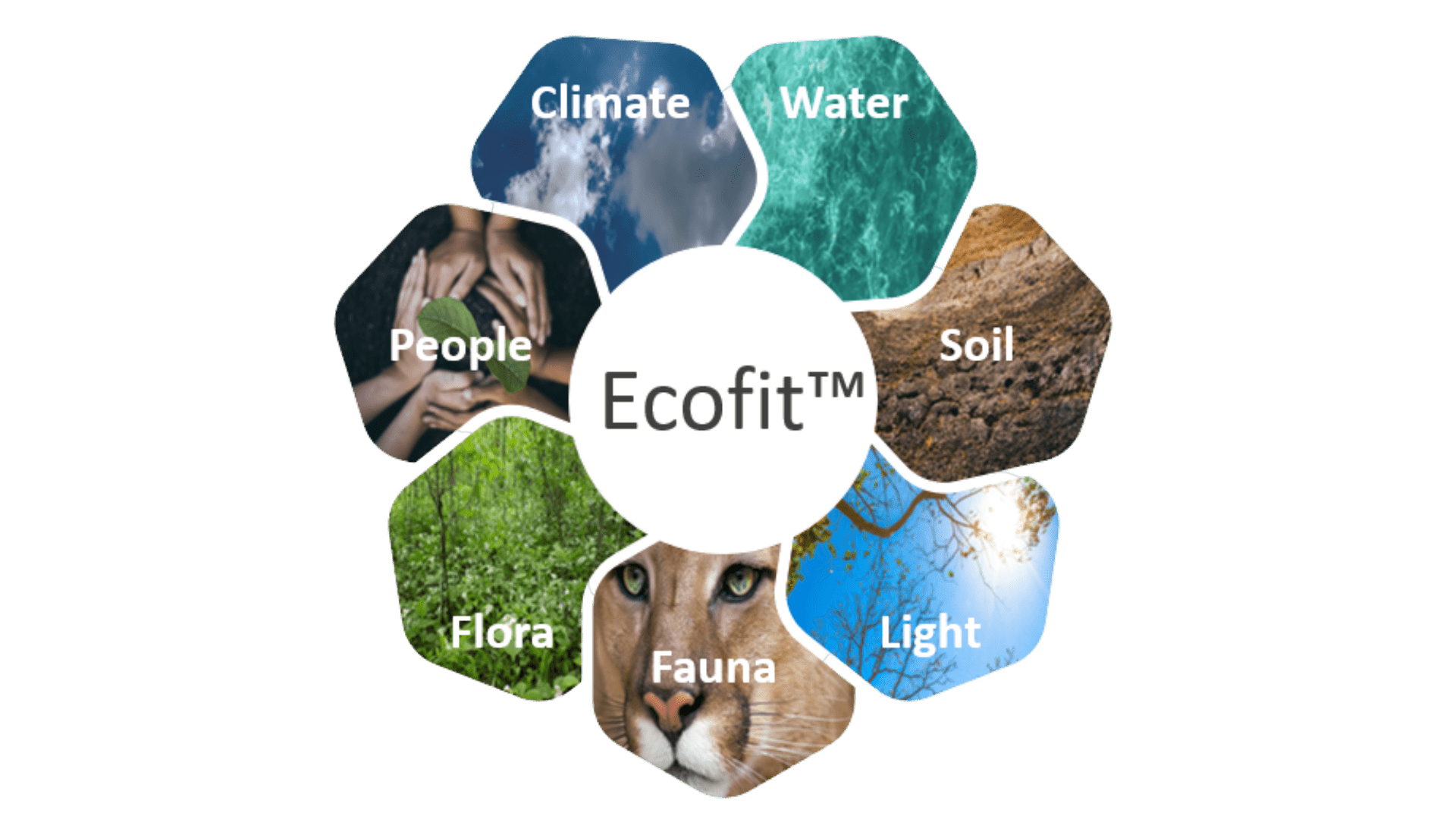More Trees Survive and Thrive with Ecofit
Central to every tree-growing project is choosing the best species to restore local habitats and ecosystems, improve biodiversity conditions, and produce sustainable wood stock, agriculture, or carbon sequestration. For example, a thriving apple tree fruits better than one struggling or dying. This applies to every aspect of a tree, like needs and expectations for phytoremediation and erosion prevention, producing fruit or nuts, wood, windbreaks, and shade and cooling. The critical win is not to have trees fail, and even a 10% improvement in biological performance would translate into success for the project.
Ecofit fits trees to environments + ecosystems.
Species selection must:
- Evaluate a tree’s ecosystem needs, such as its position in a canopy, drought tolerance, optimal temperatures, and soil types.
- Include climate change factors. Formerly adapted species may no longer thrive in the current conditions.
- Require concern for soils depleted by agriculture, mining, and desertification.
- Assess species’ resistance to wind, fire, and flood.
Ecofit biotechnology is the only innovation predicting local tree species’ success. By decoding plant life, Ecofit helps mitigate climate change, restore habitats, halt extinction, and provide food security. How? It selects the most suitable trees for specific environments and ecosystems. Without it, neither existing data nor planting trials can provide reliably predictive results.
As the scale of investment rises, so does the risk mitigation demand. Avoid unnecessary risks with Ecofit.
Trees have significant genetic diversity within each species, and selection needs to account for locally adapted varieties. For example, though all one species, 7,500 varieties of apples have diverse requirements. Therefore, each ecosystem cluster of trees must be tested to verify its suitability.
Ecofit testing includes the local ecosystem and the trees to find a fit between them. Then, using biopsies of trees, soil tests, and climate data, Ecofit provides quantitative measures of specific species’ suitability for specific local conditions.
Ecofit biotechnology quantifies a narrow set of chemical indicators indicating a tree’s capacity to succeed under various abiotic conditions. Reliably predicting environmental fit improves the risk profile of a project and increases performance.
Ecofit has been laboratory tested across over 400 species in 30 ecosystems globally – from deserts to tropical rainforests to dry savannahs and highlands (see map below).
Early trials of Ecofit on other plants point to the possibility of revolutionizing agriculture in different fields, including vineyards, and for legumes, wheat, rice, and corn. Additional research is required.
Pronunciation guide: Ecofit [ēkōfit]


Ecofit biotech is part of an industry working to improve the productivity of forestry, agriculture, and other plantings. These efforts are used to improve the returns on investments made in natural capital. Its considerations and applications are far-reaching.

